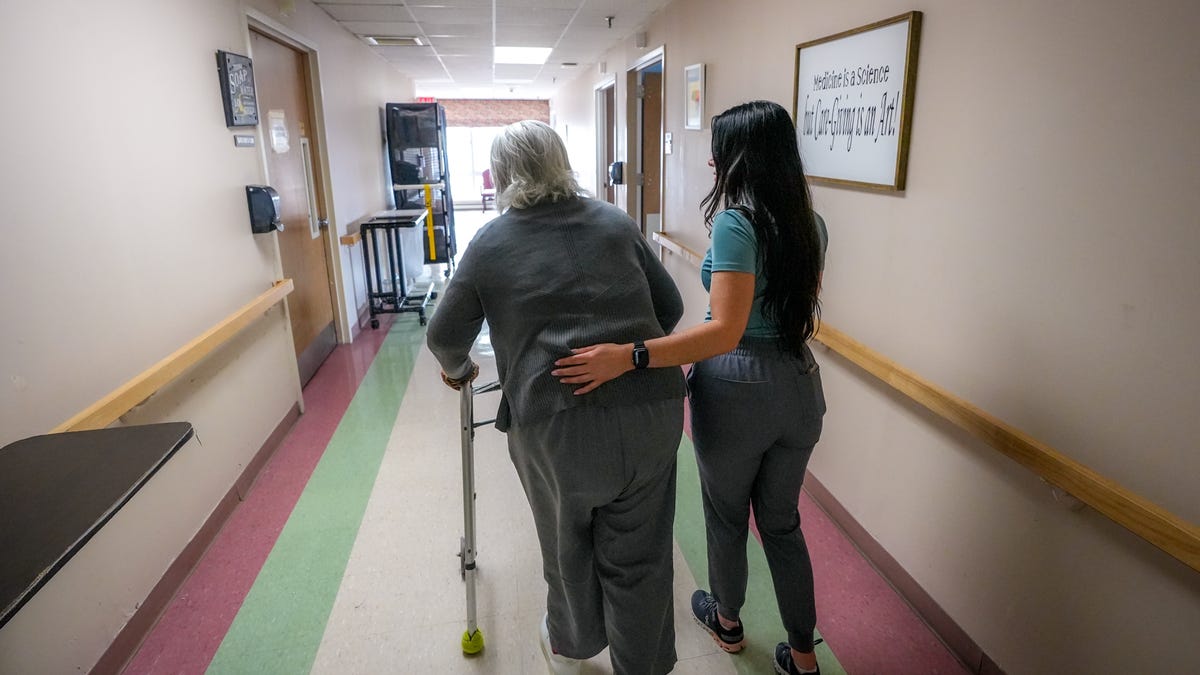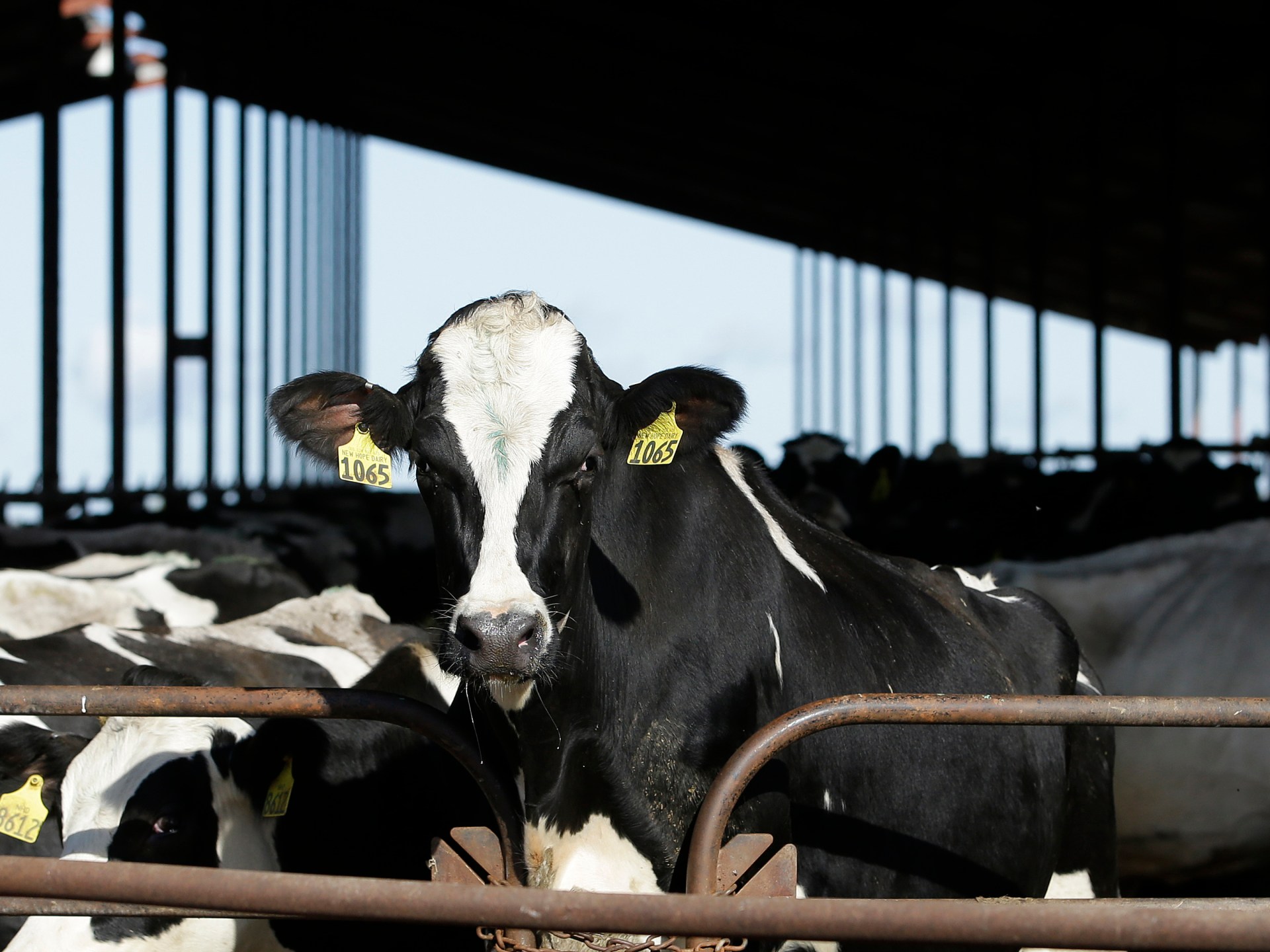Fitness
Why Progressive Overload Is Key to Becoming a Stronger, Fitter, Faster Runner
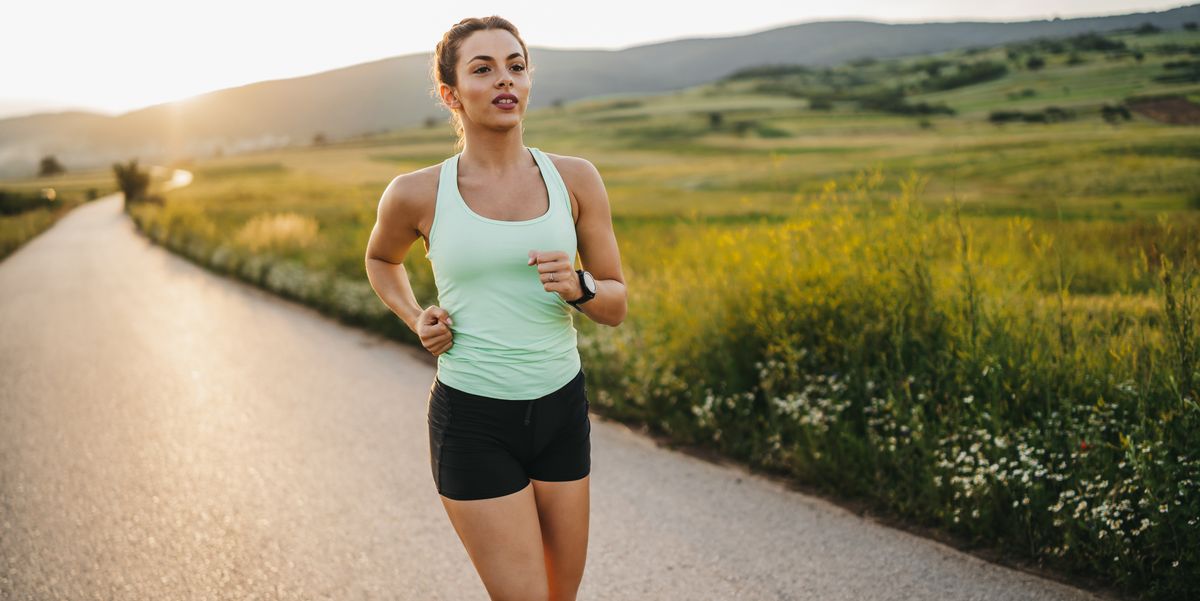
There are few things as frustrating as hitting a plateau, especially when you’re trying to get faster, run farther, or just generally get in better shape.
That’s why everyone needs progressive overload. The phrase might sound intense or a little technical, but it’s actually a basic concept that’s the key to making improvements in your health and fitness. And no matter your goals, it’s a technique you should tap into.
“Progressive overload is imperative not only for runners who want to improve their race performances and have specific goals in mind but also anyone who runs to get in shape or stay fit,” says Danny Sheehan, an ultrarunner, ACE-certified personal trainer, and RRCA-certified running coach with Mile High Run Club. “The strategy can be used in various ways to improve all elements of fitness, including aerobic capacity and cardiovascular health.”
Let’s break down what the principle entails and how to apply it to your schedule based on whatever goals you’re running toward.
Progressive Overload: The Definition
“Progressive overload is an important training concept commonly used to improve strength, endurance, muscle growth, and athletic performance,” says Sheehan. Simply put, the idea is that you gradually increase one or more training variables from one week to the next—and doing so forces your body to continuously adapt to greater and greater demands. In other words, keep getting better and avoid those annoying plateaus.
This strategy applies to your running routine (it’s the basis for any endurance-training plan that ups your weekly mileage by 10 percent) and strength workouts as well. Depending on what you’re training for, you might increase your distance, pace, or resistance.
It also helps you sidestep injury. “Think of muscles as protection of ligaments, tendons, and joints that support your body as you run,” says April Gatlin, ACE-certified personal trainer, master trainer and coach for STRIDE Fitness. You want your muscles to continuously get stronger to withstand the load you’re putting on them—particularly if you’re aiming to use your muscles to help you skyrocket your pace or support you through a marathon.
Just keep in mind, Gatlin advises, that it’s best to incorporate progressive overload once you have a decent base established: “Progressive overload training should only be done after you have mastered an exercise with proper form and you’ve been doing the same routine for at least two weeks.”
How to Ramp Up Your Training Using the Progressive Overload Principle
First things first: Consider your goals and make a plan. Are you gearing up for a marathon and need to build endurance? Looking to crush your 10K PR? Wanting to add more weekly runs to help your cardiovascular health? Write your intended running and strength workouts for the next month and, depending on your goal, make small training increases each week.
For example, says Sheehan, if your goal is to increase endurance, schedule workouts that gradually up your weekly mileage or the number of intervals in a speed workout. If you want to improve strength, you can add weight to resistance-training workouts done off the road or increase intensity of your speed workouts via the pace or terrain (read: add hills).
This is where the 10-percent rule comes in, says Gatlin: “If one week you have a long run of 20 miles, with the progressive overload training in practice, you’d add 10 percent of that distance to the next week’s run for a total of 22 miles.” (That means keeping the rest of your weekly mileage the same, FYI.)
To really pinpoint your training calendar based on your goals, Gatlin recommends hiring a coach or trainer to customize a plan based on your aims and abilities. But here are two brief example schedules that use progressive overload for different purposes:
Training for endurance:
- Week 1: Run a total of 14 miles
- Week 2: Run a total of 15 miles
- Week 3: Run a total of 16 miles
- Week 4: Run a total of 14 miles (cutback week)
Training for strength:
- Week 1: Do goblet squats with 15–20 lb weight
- Week 4: Do goblet squats with 20–25 lb weight
- Week 8: Do goblet squats with 25–30 lb weight
The Role Rest Plays in Progressive Overload
Don’t worry: Just because you’re pushing through tougher and tougher workouts doesn’t mean it’s all work and no play. Easy sessions and full days off are just as important if you want to keep improving—and progressively overloading.
“While at rest our body makes the desired adaptations forced on it by the stress of the training load—everything from muscle repair and growth to replenishment of depleted energy systems occurs during this time,” explains Sheehan. Every few weeks, you should schedule a cutback week, in which your mileage or intensity dips.
Incorporating active recovery by way of easy walking, cycling, or other gentle cross-training can help repair damaged muscles by increasing circulation. “Without adequate rest,” says Sheehan, “you won’t see continued improvement and will risk injury and overtraining.”
We say, train hard, and a little harder—then take it easy, knowing you’ve put in the work to get better than ever.
Laurel Leicht is a writer and editor in Brooklyn. She’s covered health, fitness, and travel for outlets including Well+Good, Glamour, and O, The Oprah Magazine.

Fitness
Staying Cool and Strong: Fitness Expert Shares 9 Diet and Exercise Tips for Hot Summers
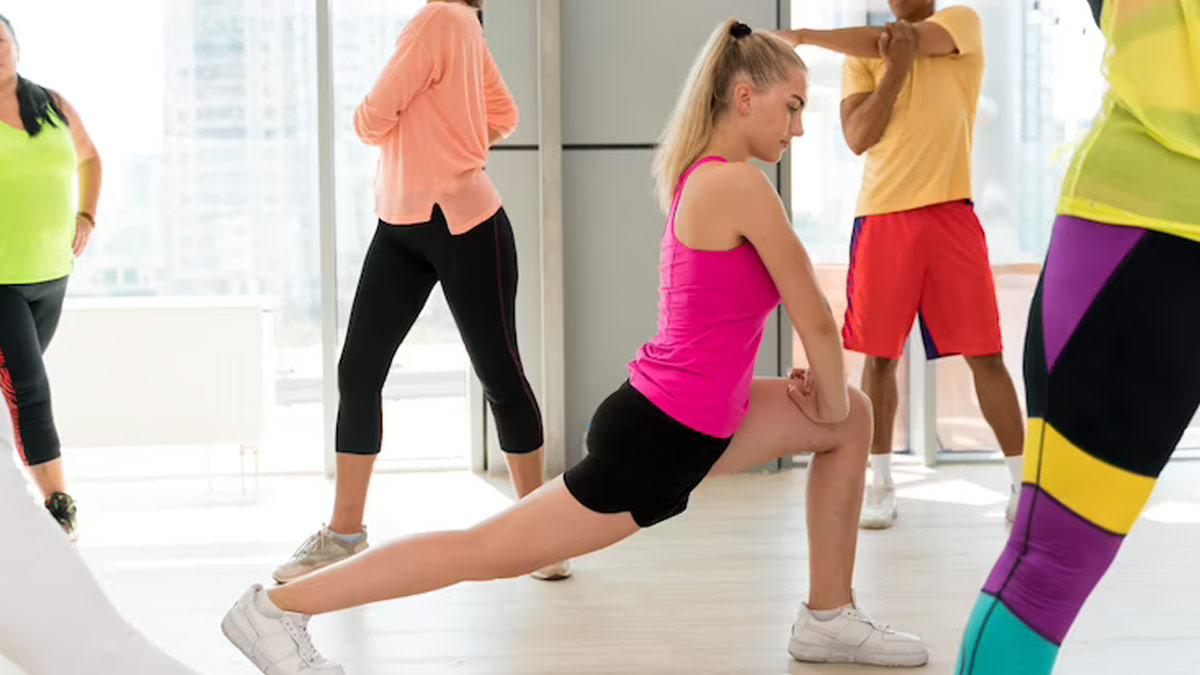
As the temperature rises and the sun beats down, it’s essential to adjust our diet and exercise routines to ensure our bodies stay cool, hydrated, and strong during hot summers. By incorporating seasonal foods and making smart choices in our physical activity, we can maintain optimal health and fitness even in the sweltering heat.
Diet and Exercise Tips for Hot Summers
We spoke to our expert Tarundeep Singh Rekhi, Fitness Expert to shed some light on the same. Here is what he shared with us.
1. Aligning Diet with the Season
One of the best ways to support our bodies during hot summers is to focus on seasonal fruits and vegetables. Not only are they fresher and more flavorful during their peak season, but they also provide essential nutrients that are best suited to help us beat the heat.
2. Hydrating Fruits and Vegetables
Hydration is crucial during hot weather, and consuming fruits and vegetables with high water content can help keep us hydrated. Watermelon, cucumbers, strawberries, and tomatoes are excellent choices that not only quench thirst but also provide essential vitamins and minerals. Incorporating these hydrating foods into salads, smoothies, or as standalone snacks can help replenish fluids lost through sweat.
Also Read: Understanding Knee Pain: Expert Shares 7 Common Causes and Treatment Options
3. Refreshing Drink Options
In addition to eating hydrating foods, consider incorporating refreshing beverages into your diet. Coconut water, infused water with lemon and cucumber, and herbal teas are all excellent options to help cool the body and maintain hydration levels. Experiment with combinations like mint leaves, lime, and aloe vera for added flavour and health benefits.
4. Exercise Tips for Hot Weather
While staying active is important for overall health and fitness, it’s crucial to exercise safely during hot summers to avoid heat-related illnesses. Here are some tips to help you stay cool and strong while working out in the heat:
5. Stay Hydrated
Before, during, and after exercise, drink plenty of water to stay hydrated. Avoid sugary drinks and opt for water or electrolyte-rich beverages to replenish lost fluids.
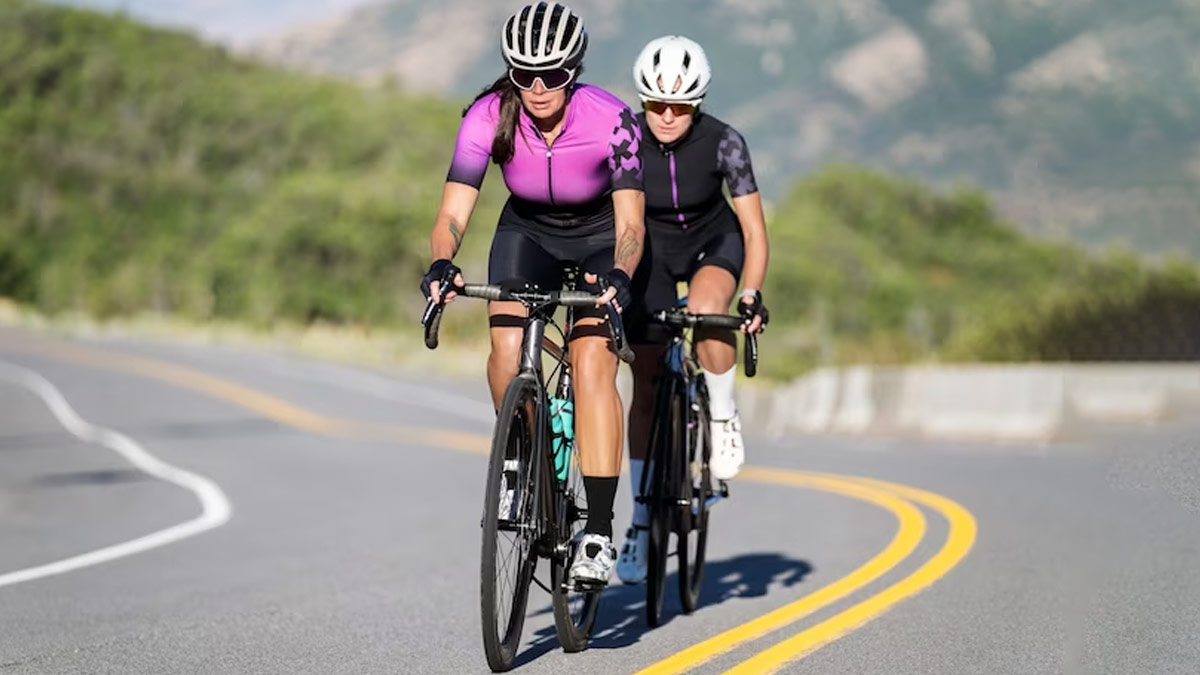
Also Read: Mother’s Day 2024: Date, Theme, History, and Significance
6. Choose the Right Time
Schedule your workouts for the cooler parts of the day, such as early morning or late evening, to avoid the peak heat hours. If exercising outdoors, seek shaded areas whenever possible.
7. Wear Breathable Clothing
Choose lightweight, moisture-wicking clothing that allows air to circulate and sweat to evaporate, helping to regulate body temperature.
8. Opt for Indoor Workouts
On exceptionally hot days, consider moving your workout indoors to air-conditioned spaces where you can control the temperature and humidity levels.
9. Listen to Your Body
Pay attention to signs of heat exhaustion or heat stroke, such as dizziness, nausea, or excessive sweating, and take breaks as needed. If you start to feel unwell, stop exercising immediately and seek shade and water.
By incorporating these diet and exercise tips into your routine, you can stay cool, hydrated, and strong during hot summers. Remember to listen to your body, stay hydrated, and adjust your workouts as needed to ensure a safe and enjoyable experience. Here’s to a healthy and active summer season!
Read Next
Know All About Goblin Star Gong Yoo’s Fitness Regime
Fitness
Local woman starts new fitness center – Addison Independent

KARRIE SINKS, A longtime fitness enthusiast, has just opened her new business, 802 Pilates Health & Fitness, in The Centre shopping plaza off Court Street in Middlebury.
Independent photo/John Flowers
MIDDLEBURY — Fitness has always been important to Karrie Sinks. The Middlebury native and current Weybridge resident got into sports at an early age, displaying her varsity soccer, basketball and softball skills for Middlebury Union High School before graduating in 1998.
Exercise has remained a big part of her life into adulthood, a joy she’s shared with her three children and legions of others who participate in Middlebury’s Parks & Recreation Department programming. Sinks has spent many years with the department coaching kids’ sports and leading dance/Pilates for children, contributions for which in 2022 she was honored with the town’s Robert E. Collins Award.
“I love sports and the way they make me feel,” she said during a recent interview.
Sinks flirted with the idea of buying a gym at age 23, but the time wasn’t right. Now in her early 40s, with her children firmly ensconced in school, an introduction to “Inferno Hot Pilates (IHP)” reignited her interest in running her own fitness hub.
Two months ago, she opened one — “802 Pilates Health & Fitness,” in The Centre shopping plaza at 260 Court St., in a space previously occupied by H&R Block, and then Middlebury Sew-N-Vac.
“You don’t get rich doing this. It’s more for the love of doing it and the community you build,” she explained. “It’s always better together, and you always challenge yourself.”
Sinks is certified as a personal trainer and in Pilates — including Level 1&2 IHP. She explained IHP involves a high-intensity Pilates workout in a room heated to 95 degrees, with 40% humidity.
“You get in there and it’s hot, right off the bat. It’s fast-paced and helps you build long, lean muscle,” she said, adding the high temperature helps IHP practitioners get into the workout “zone” quicker while promoting perspiration — which is intended to help the body detox.
But 802 Pilates isn’t a one-trick pony. It offers a variety of other workouts for folks of all ages, including “barre” — not to be confused with the Vermont city — which employs ballet-like movement to engage and tone muscles.
The new enterprise also has several yoga offerings, including hot yoga, yoga dance and restorative yoga.
There’s “kids’ dance,” along with Hip Hop for children aged 9-12.
“This class fosters creativity, coordination, and confidence in a supportive environment,” reads a description of the Hip Hop sessions. “Get ready to bust a move, make new friends, and unleash your inner superstar on the dance floor.”
But Sinks stressed you don’t have to be a fitness superstar to benefit from 802 Pilates. She’s all about the self-improvement journey that people take upon launching their personal fitness regimen.
Her motto: “Start where you are. Use what you have. Do what you can.”
She wants to cater to people of all abilities and is committed to getting seniors into the action. Sinks is planning what she calls “Silver Sessions,” consisting of “gentle exercises focusing on enhancing mobility, flexibility, and overall well-being.”
It’s been a busy couple of months, and that’s fine with Sinks. She currently teaches 16 classes during a typical week, which includes sessions with private clients. She’s a versatile teacher, but also has a great supporting cast. Her roster of instructors includes Neon Crystal and Bobbie Hutchins (both for kids’ dance), Vanessa Dunleavy (yoga/dance), Deb Orosz (yoga) and Lily Hunt (group fitness and barre).
“My idea was to bring strong, knowledgeable people from this community to part of the team,” she said. “I might be the owner, but I’m not ‘the boss.’ I think you’re always stronger as a team than working as a boss with people underneath you.”
802 Pilates offers monthly membership rates and a drop-in option for $35 per class. It also currently offers passes for eight or 12 classes. Sinks is developing a new promotional package that will allow clients to sample a variety of different classes to see which ones they like best.
Rather than drop in and take your chances, Sinks advises folks to pre-register. Complete details about 802 Pilates, including classes, their start times, rates, package deals and online registration, can be found at 802pilates.com.
Sinks’ future plans include marrying 802 Pilates offerings with other services, including acupuncture, presentations from nutritionists, and meditation.
The best service her new business provides?
“It makes people feel good,” Sinks said.
Reporter John Flowers is at [email protected].
Fitness
One in three Australians has pain. Building muscle can help — and you don't need to leave home to do it
Muscles are getting plenty of positive press lately and for good reason.
Increasingly, we are understanding that lifting weights or doing resistance exercises are not just about getting ripped (though if that’s your driver, all power to you).
By building muscle, we can safeguard against falls into older age, make our bones stronger and less brittle, better control our blood-sugar levels and reduce the risk of a suite of serious diseases.
“It’s really about improving functioning, improving capacity,” physiotherapist Sammy Prowse, who works with the AFL’s Hawthorn Football Club, tells ABC RN’s Life Matters.
“It might be that you’re looking to be able to play with your grandchildren, or you might be a labourer and you’re noticing that you need to have strength in certain positions, or you might be an athlete; it’s about optimising your muscles and the way in which your body performs.”
Building muscles also helps in managing pain, she says.
“We know that 30 per cent of Australians have pain or 16 per cent have lower back pain. So it’s really high … one in three has pain.”
But Prowse says it doesn’t need to be this way: “There is so much that we can do.”
How to build strength
There’s a simple equation to building strength, Prowse says.
“What you really need to be ensuring is that [you’re bearing] load — load is the thing that brings strength.”
There are lots of exercises to help.
For example, squatting can be done at home without any equipment.
“You can do that by bending your knees and ankles, and you really want to think about it as though you’re sitting back into a chair. So you really stick your bum back so that your knees don’t shear forward,” Prowse says.
“That’s a great one. It’s functional. It relates to walking, going up and down stairs, sitting to stand — these are activities we do all the time, and it includes our major muscles of the legs … all of the muscles that we need, essentially, to move around.”
For abdominal exercises, a safe place to start — if you don’t have any upper limb, arm and shoulder injuries — is doing a plank from your knees, Prowse says.
There are many different ways to do this, including holding yourself up on the floor or by putting your hands on your bed, and taking your knees or feet back on the floor, so that your body creates a long line, and holding the position for a few seconds.
You might start with three sets of five repetitions, with a break between sets, and you can gradually increase the reps to 10 or 15, when it feels safe to do that, or increase the seconds you hold for.
“Those are things that you can do around the house that really do make a difference. It’s great if you can access amazing facilities … but you can actually just do this in your own home. And it really does work.”
Elements of Pilates and yoga also have “underlying principles of strength”. Another option is to see a physiotherapist who can tailor a program for you.
If you can commit to the routine, you’ll reap the rewards, Prowse says.
What if my workout is making me sore?
When building strength there is a concept of “safe” pain, which doesn’t include pain from injuries.
Safe pain is pain that, on a scale where 0 is none, ratings up to four out of 10 would be considered normal. This is when your muscles are working and you’re unlikely to be doing any damage, Prowse says.
“That’s a good place to be.”
However, above four out of 10, things get “a bit sketchy”, she says.
Pain at that level should be considered in relation to any injury you might have, your physical condition and your body. When the line between safe and unsafe pain feels blurry, a physiotherapist can help.
Aim to feel ‘good in your body’
Ella Mason, a fitness coach and founder of a strength-based gym in Melbourne’s north, says any exercise that “pushes you out of your normal window of tolerance or comfortability or resilience” is a great way of building strength.
Along the way you’re likely to build confidence, too, they say.
“As we go along with strength training, we start to understand our bodies a bit better. The more autonomous we are in our bodies and how we move them, without someone telling us how to and how not to, we get to understand our individual bodies.”
Mason is a big fan of strength training over a lifetime, rather than in small spurts.
That goes for bodies of any gender, ability, size and age.
“I advocate a lot for all bodies to be able to do movement,” Mason says.
“We have all sorts of people come through the gym [including] older people who are in their 70s and 80s, who are new to strength training [but who can] suddenly lift things that they never have before [or are] regaining really good balance and reflex, which in relation to falls mitigation as we age, is really important.”
For everyone who is strength training, the same ethos should apply.
“It’s really just about feeling good in your body.”
Advice in this article is general only. See a health professional for advice on your individual circumstances.
RN in your inbox
Get more stories that go beyond the news cycle with our weekly newsletter.
-

 Politics1 week ago
Politics1 week agoThe White House has a new curator. Donna Hayashi Smith is the first Asian American to hold the post
-

 World1 week ago
World1 week agoTurkish police arrest hundreds at Istanbul May Day protests
-

 News1 week ago
News1 week agoPolice enter UCLA anti-war encampment; Arizona repeals Civil War-era abortion ban
-

 Politics1 week ago
Politics1 week agoAdams, NYPD cite 'global' effort to 'radicalize young people' after 300 arrested at Columbia, CUNY
-

 News1 week ago
News1 week agoVideo: Police Arrest Columbia Protesters Occupying Hamilton Hall
-

 News1 week ago
News1 week agoSome Republicans expected to join Arizona Democrats to pass repeal of 1864 abortion ban
-

 Politics1 week ago
Politics1 week agoNewsom, state officials silent on anti-Israel protests at UCLA
-
)
) Movie Reviews1 week ago
Movie Reviews1 week agoThe Idea of You Movie Review: Anne Hathaway’s honest performance makes the film stand out in a not so formulaic rom-com

